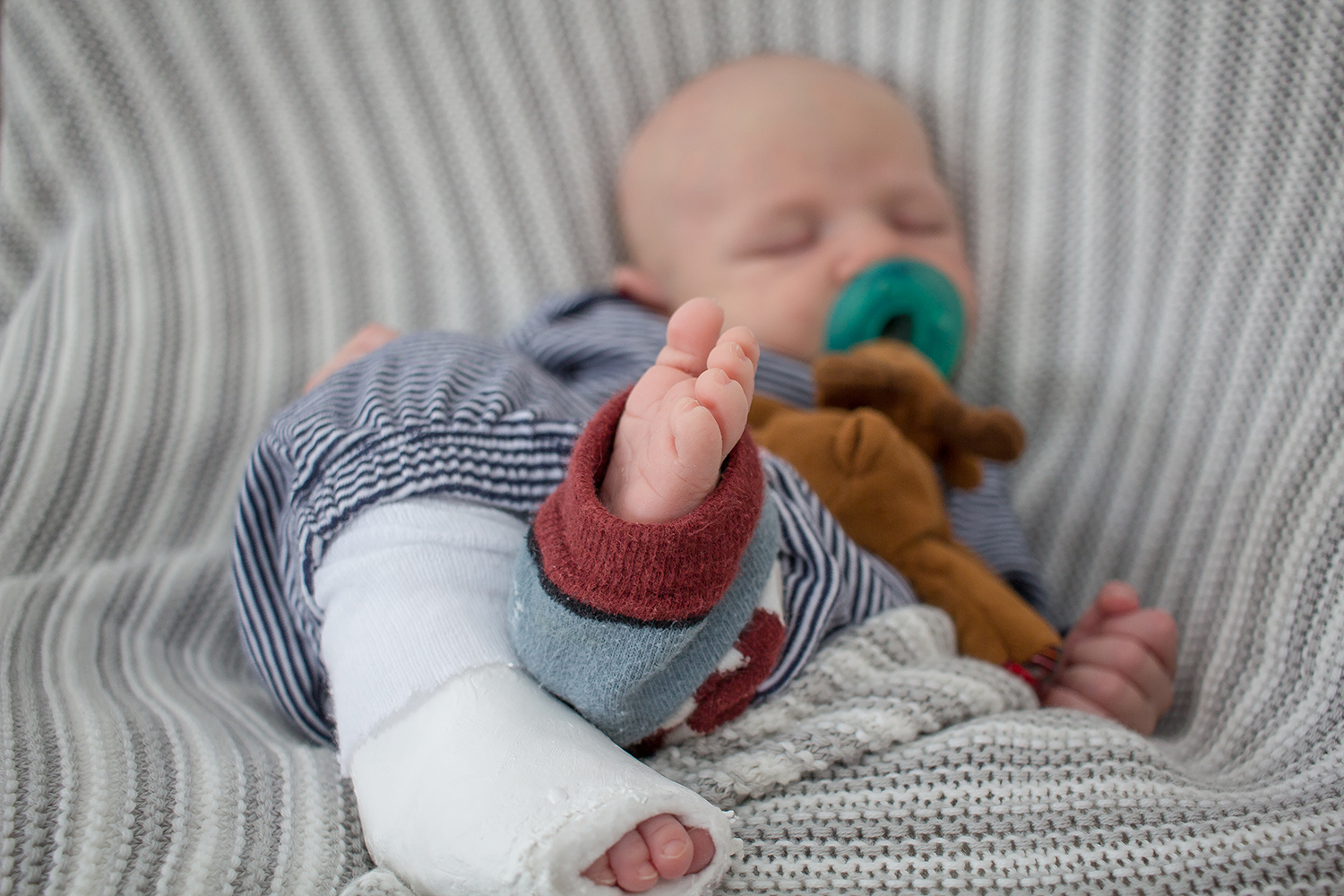
What do professional athletes Kristi Yamaguchi, Troy Aikman and Mia Hamm have in common with 5-month-old Campbell Post of Holland, Michigan?
They were all born with clubfoot.
Campbell’s parents, Eric and Lisa Post, learned about their baby’s clubfoot during a prenatal ultrasound at 20 weeks.
“You want every single thing to be perfect,” Lisa Post said, “but when I learned about people with clubfoot who are professional athletes, I knew I didn’t need to worry about my baby.”
With clubfoot, the foot is twisted in and down. This treatable birth defect occurs in about 150,000 to 200,000 babies per year. That’s about one per 1,000 births, or one every three minutes. It’s twice as common in boys as in girls.
Fortunately for the Post family, the ideal treatment was available just 25 miles down the road at Spectrum Health Helen DeVos Children’s Hospital.
The Ponseti Method, the gold standard treatment for clubfoot, is a non-surgical approach that uses a series of gentle manipulations and plaster casts to properly align a child’s muscles, ligaments and bones.
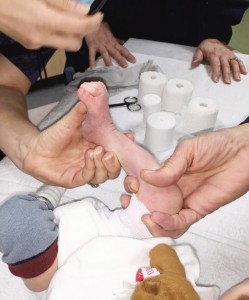
Campbell was 6 weeks old when he first went to the office of Sue Laham, PA-C, one of just three providers in Michigan certified by the Ponseti International Association. Laham learned the technique from her retired mentor, Dayle Maples, MD, who was taught by Ignacio Ponseti, MD. Until Ponseti developed the approach in the 1940s, surgery was the only option.
“After our first appointment with Sue, I didn’t worry about the long-term effects of clubfoot again,” Post said. “I never felt so at ease with someone treating my children.”
During the next five weeks, Campbell received a new cast once a week. Next, he was fitted into tiny Ponseti boots and an orthotic brace. Initially, he wore the gear for 23 hours a day. Now he wears it 12 hours daily, mostly during naps and at night. He’ll wear the brace when he’s sleeping until age 4.
“I was worried he wouldn’t like it, but he took the treatments like a champ,” Post said. “He’s a sweet baby.”
Campbell is thriving. He almost always sleeps through the night, according to his mom, and he loves watching his older siblings, 5-year-old Sophie and 3-year-old David, who dote on him.
“I’m glad I took pictures of his feet and the treatments he received,” Post said. “It’s all over so quickly, you almost forget what the clubbed foot looked like. And he’ll never know any different.”
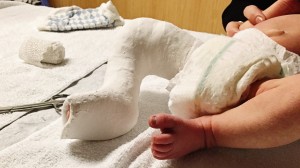
Laham, who sees one new clubfoot patient a week, loves her job.
“The biggest joy is getting to know the families,” she said. “These kiddos have a pretty significant defect at birth, but it won’t affect their life goals as long as they are treated appropriately. Once they’ve ‘graduated,’ they can do everything that others do, with no restrictions.”
Not everyone is so fortunate. About 80 percent of children with clubfoot are born in developing countries, where it can mean a lifetime of disability, or even death for children left to fend for themselves.
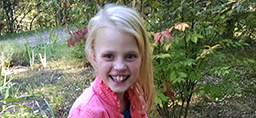 /a>
/a>
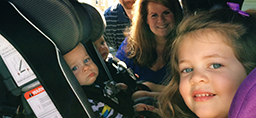 /a>
/a>
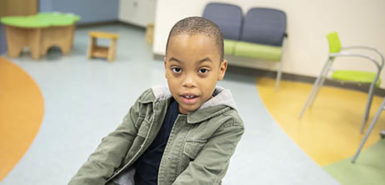 /a>
/a>